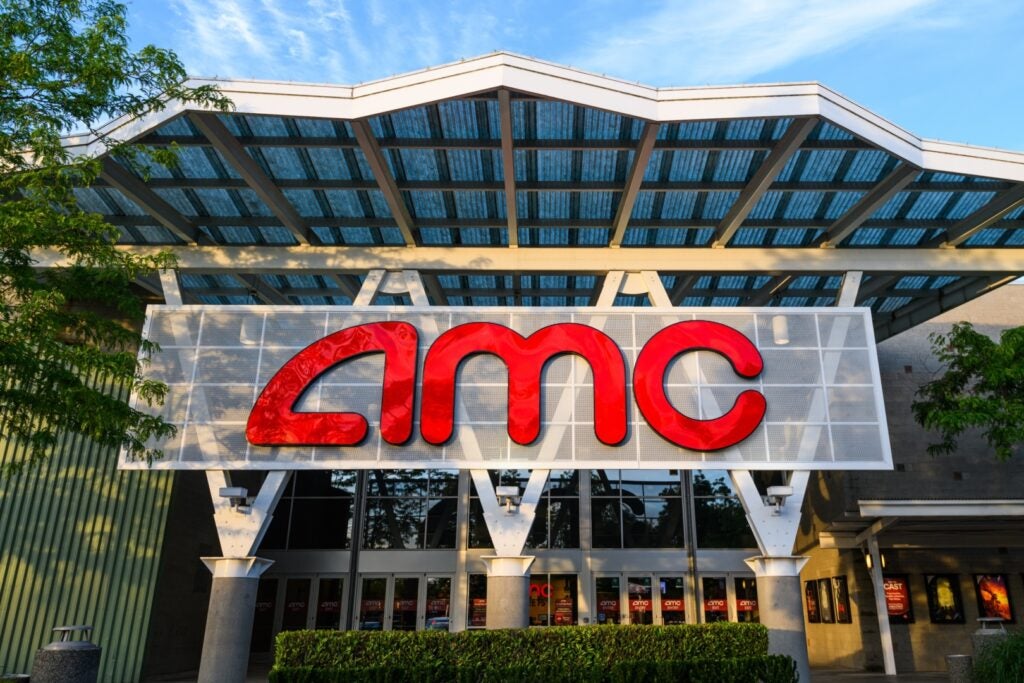Last December the Planning & Zoning commission approved tough new rules for seasonal restaurant street dining “nodes” inside jersey barriers that off parking spaces on Greenwich Avenue.
This week the Board of Selectmen, who function as the town’s traffic authority, approved their end of the bargain, which includes the rates restaurants pay for the metered spaces and rental of jersey barriers.
The vote was 2-0-1.
Fred Camillo and Lauren Rabin voted yes.
Janet Stone McGuigan abstained, citing issues of fairness to all stakeholders with an interest in the parking spots on Greenwich Ave.
Thursday’s Selectmen meeting was a second read.
The vote was timely since the outdoor dining season begins on April 1.
Town administrator Ben Branyan explained that concrete jersey barriers had been selected because vehicular traffic is about 4,500 to 6,000 vehicles per day on Greenwich Ave, and outdoor diners are in close proximity to vehicles.
In response to complaints that the barriers are unattractive, there were suggestions that restaurants be allowed to paint them.
“Painting can be done, but it’s tricky in the way we install them with a crane where they clamp the barrier and drop it,” Branyan explained.
“We’re not opposed to having the individual restaurants paint the barriers, but there’s no guarantee they’ll get the exact same barrier next year.”
First Selectman Fred Camillo said once the barriers are in place the Reimagine Greenwich Committee will work with restaurants on ways to beatify them “so they don’t look like they came from a turnpike.”
Market Value of Parking Spots on Greenwich Ave
Ms Stone McGuigan noted parking spaces were a limited resource.
Specifically she said the cost to the town in terms of parking meter fees were not the same as the market value of a parking space.
“It’s our job to try to be fair to all the interest groups and come up with the right allocation between dining and parking, and make sure sidewalk access and storefronts are not blocked,” Stone McGuigan said.
Mr. Camillo said that during past two years, restaurants on Greenwich Avenue had fared very well.
Branyan said he’d researched fair market value of a parking spot and consulted the Town’s Assessor.
“I did attempt to go down that rabbit hole. It’s approximately 150 square ft per parking stall. If the average is three stalls per restaurant, that’s 450 sq ft. To state the obvious, outdoor space is not the same as indoor space. Working with the town assessor, she randomly pulled 7 restaurants properties on the Avenue. Their assigned fair market value per square foot, $1,036 was the average of an indoor restaurant on the Avenue. You do the math to get a seasonal (estimate) based on the 199 seasonal service days, the gross number is over $250,000.”
Branyan noted there would be a discount factor considering the outdoor spaces don’t have walls, plumbing or electricity.
“I joked with our assessor, would you want to give me a discount factor and she politely declined,” he said.
“I hear your point,” he said to Ms Stone McGuigan. “There is a value.”
Ms Stone McGuigan remarked on Branyan’s $250,000 estimate.
“We could go ahead and increase those fees without being onerous,” she said. “I’m not looking at outdoor dining as revenue for the town, but to allocate fairly between all the different user groups.”
Ms Rabin asked about lost parking spots in places where barriers don’t line up with parking spaces.
“They essentially try to make on-site decisions when they install those,” Branyan replied. “They’re attempting to maximize the number of parking spaces.”
As for erecting platforms in the street, as suggested at the previous meeting by a resident as a way to put the dining at the same level as the sidewalk to help people with strollers or wheelchairs, Branyan noted the Avenue sloped significantly.
“That creates some geometry problems when you install a flat barrier across several parking spaces,” he said.
The point was moot anyway because the amended zoning regulation addresses ADA compliance.
This outdoor dining season, nodes must be fully ADA compliant. Restaurants will need to make room for ramps.
Branyan said in response to Diane’s Books on Grigg Street complaint about lost parking stalls on Greenwich Ave that their customers rely on, and their request for more 2-hour spots in the 12-hour municipal lot behind the store, he said Parking Services was looking into it.
Instructions for Restaurants
The P&Z web page explains that in 2023, the town will operate outdoor dining similarly to the way it did prior to the pandemic.
Covid executive orders and House Bills, which the town followed the past three years, have expired.
Restaurants have a brief window for the permitting process before the season begins on April 1.
Highlights of the new regulation are on the P&Z webpage: here.
P&Z provides a list of restaurants that do not have site plan approvals for seasonal outdoor dining or operated a dining node only under the executive orders.
Restaurants proposing more than 3 tables, that never received site plan approval from P&Z to operate a seasonal outdoor dining area, and only did so in 2020, 2021 and 2022 under the executive orders, are now required to go through an application process. Similarly any restaurant that had an approved outdoor dining use prior to 2020 but wants to change it must also seek approval.
See also:
This content was originally published here.









